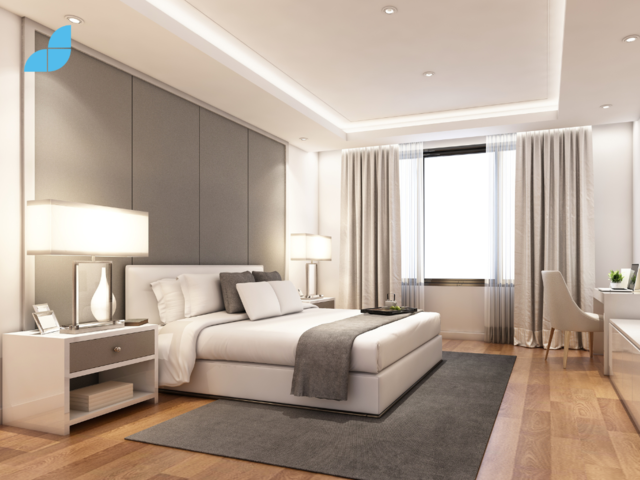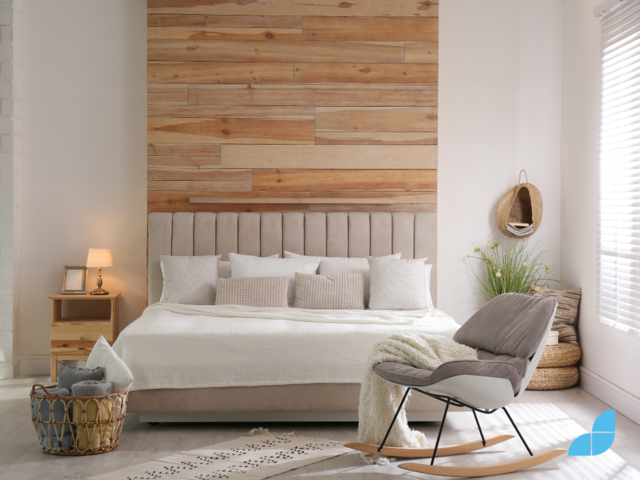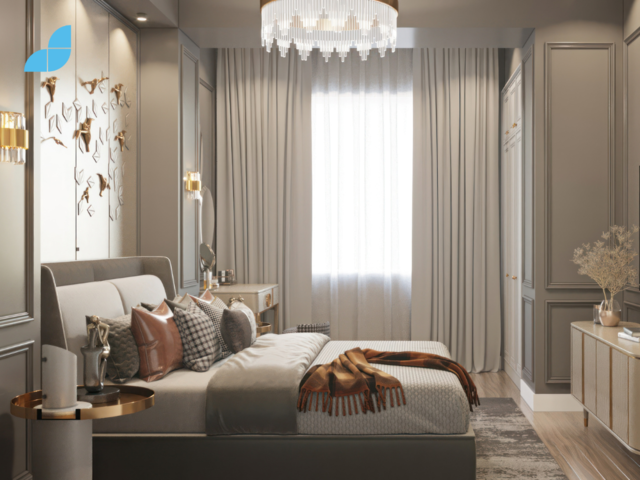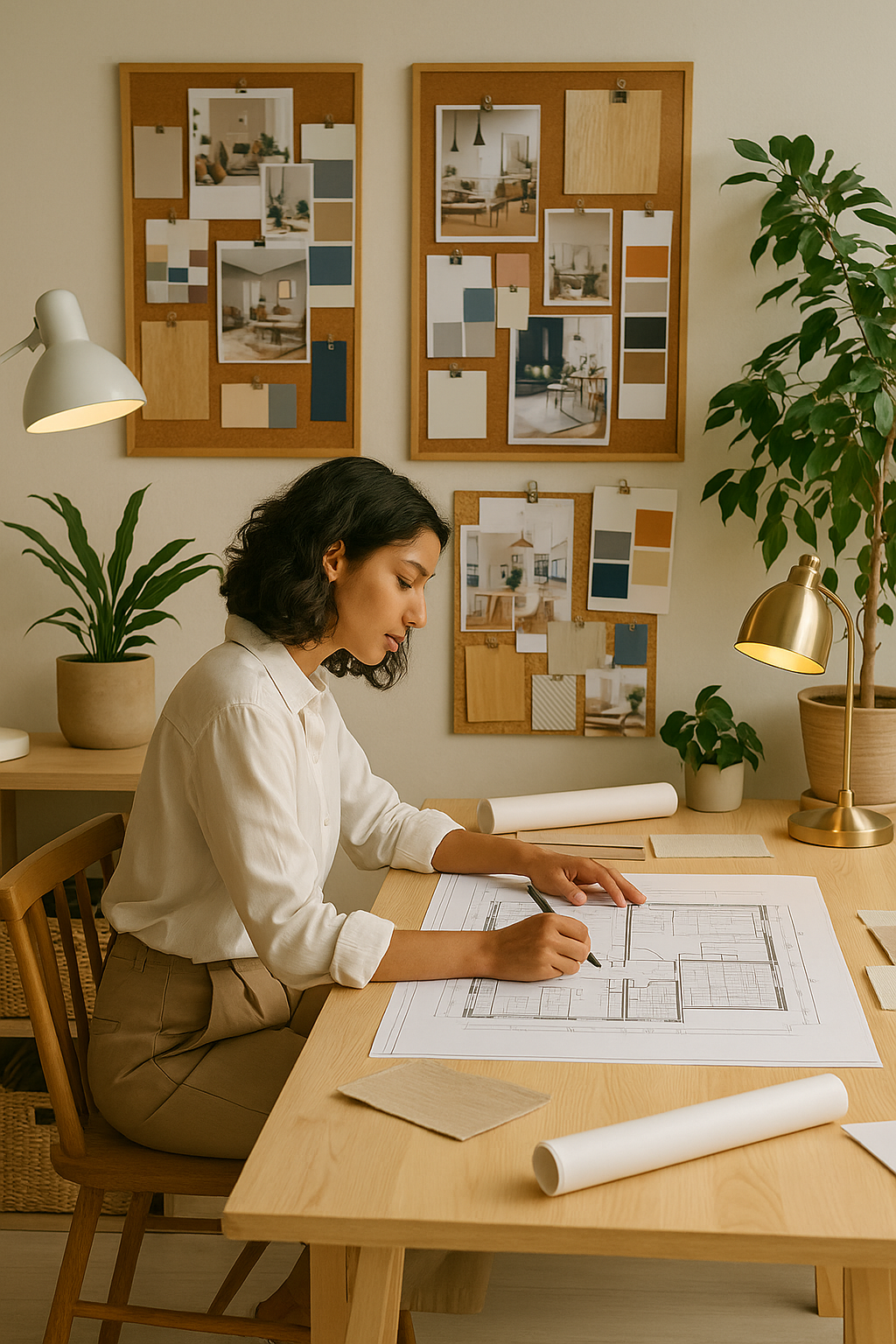The bedroom is the only room in a house where the principle goal is to create a space for rest and relaxation. Arriving into a comfortable bedroom after a long day is the first step towards shaking off the pressures of a hectic lifestyle, unwinding and ultimately, achieving a good night's sleep. This is where you can recharge your batteries and approach a new day feeling refreshed and ready to take on the world. In this article, we will explore the key elements of designing for comfort and how to create a bedroom that is both relaxing and inviting.

Understanding the Elements of Comfort
Achieving true comfort can be a complex quest for balance and harmony involving both physical and psychological factors. The physical elements of comfort include temperature, light, and sound, while the psychological elements of comfort include safety, security, and privacy. There are also emotional elements such as calmness and cosines.
Choosing the Right Furniture and Textiles
The furniture and textiles you choose for your bedroom play a critical role in creating a comfortable and relaxing atmosphere. Just like Goldilocks, finding the perfect bed for your needs does not always come easily. It’s important to be patient and to spend time ensuring the firmness, size and material are just right for you or your client. Once the perfect bed and mattress have been selected, high-quality bedding such as Egyptian cotton sheets can create a luxurious level of comfort and rest.
Pillows, rugs, curtains and other furniture and fabrics will also contribute to a cosy and inviting atmosphere. They will help create a soft feeling and can also contribute to the light and temperature of the room.

Creating a Relaxing Colour Palette
The colour palette you choose for your bedroom can have a significant impact on the atmosphere within the space. Neutral colours, such as beige, grey, and white can help create a calm and clean atmosphere while warm colours, such as yellow, orange, and red, can add a snug and cosy touch. While it may seem contradictory, cool colours, such as blue and green can in fact also instil feelings of relaxation and comfort.
When choosing a colour palette, be mindful of incorporating some cohesion in the home by considering the existing colours in the house before simply settling on personal preferences. It is also important to factor the natural light in the room as well as the type of lighting you will be using.
Incorporating Soothing Lighting
Lighting can make-or-break the energy in a room and none more so than the bedroom. Overhead lighting, such as a ceiling fixture or chandelier provides general illumination, while task lighting such as a bedside lamp can be used for reading or soft lighting. Ambient lighting, such as candlelight or string lights can create an intimate and restful atmosphere.
When choosing lighting for your bedroom, consider factors such as the type of bulb, the intensity of the light, and the colour temperature. You should also consider the placement of the lights and how they will be used in the overall design of the room.
Adding Personal Touches
Photographs, artwork, and other personal objects can help a bedroom to feel like a personal, safe space. These items will reflect your personal style, interests, and memories, and can help to make the space feel more like home.
When adding personal touches, make sure your choices work in harmony with the overall design of the room as well as the size and scale of the objects. It is also important to carefully consider the placement of the objects so they don’t interrupt the flow or lighting in the room.
Conclusion
The complexity of human needs such as the physical, psychological, and emotional elements that create a feeling of comfort, are integral to the choices a designer must make when designing a relaxing and inviting bedroom.
The right furniture and textiles, a warm, neutral or sometimes cool colour palette, soothing lighting and personal touches, can be combined to create a bedroom that both functions as a space for relaxation, and is aesthetically pleasing. It is important to pay close attention to detail and make design choices with rest and relaxation at the forefront of your mind. A strong understanding of these elements can create a harmonious and balanced bedroom that encourages rest, calm and comfort.
If you're interested in designing a relaxing and inviting bedroom and want to improve your interior design skills, we have just the course for you! Our courses are designed to help you understand the key elements of designing for comfort and how to create a bedroom that is both functional and aesthetically pleasing. All of our courses are hands-on and include practical assignments and feedback from our experienced tutors. Whether you're a beginner or an advanced designer, our courses will help you improve your skills and create that oasis of calm that you have always wanted in a bedroom.
Don't miss this opportunity to enhance your career as an interior designer and start creating relaxing and inviting bedrooms for your clients. Enrol in one of our courses today and start your journey as an interior design professional!


